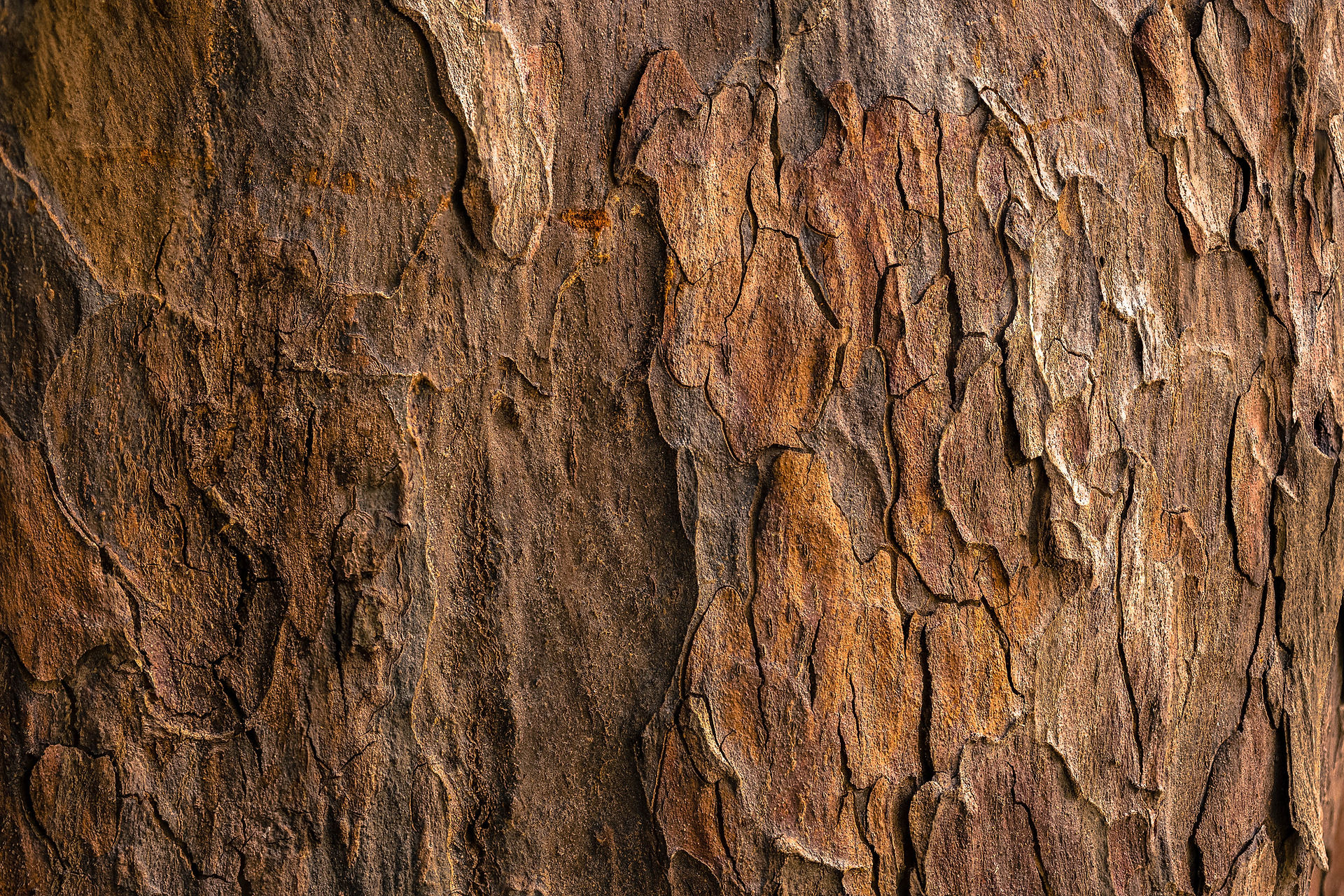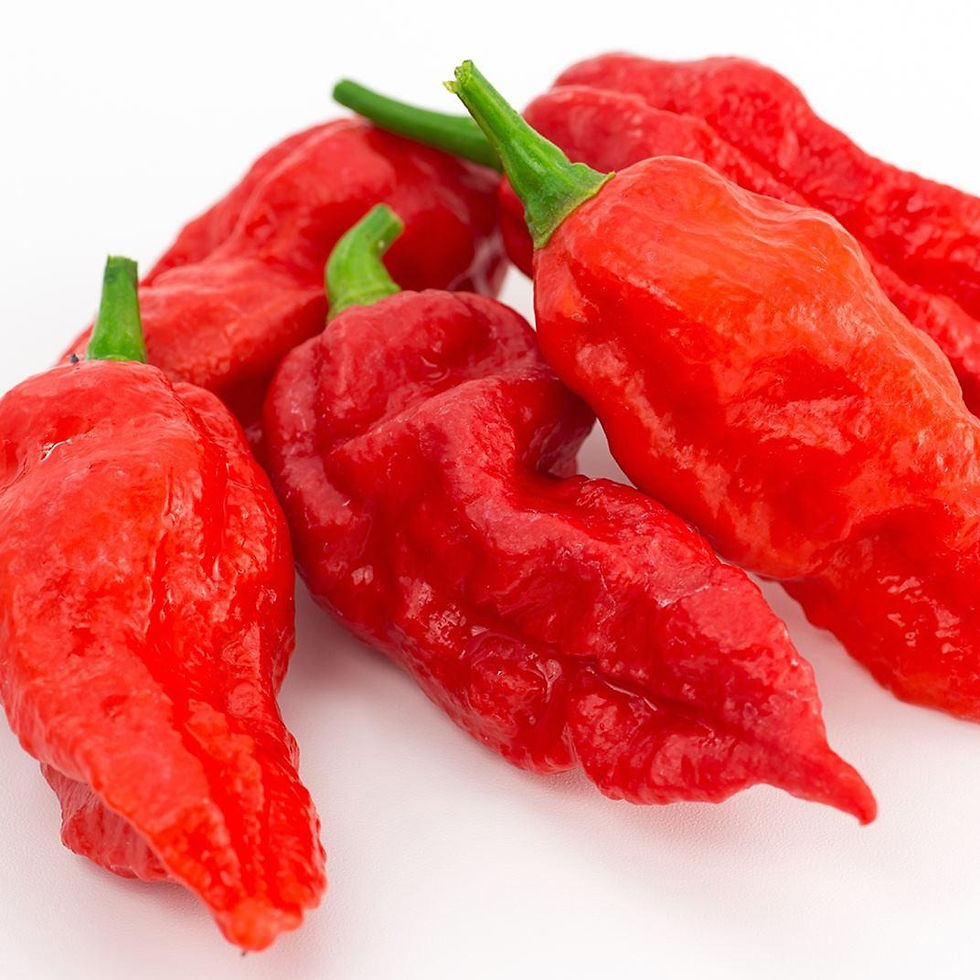BROWN COAL
Brown Coal:
An In-depth Look at the Lowest Rank of Coal
Brown coal, also known as lignite, is a soft, brownish-black sedimentary rock formed from naturally compressed peat. It represents the lowest rank of coal, characterized by its high moisture content—which can be up to 70%—and a relatively low carbon and energy content compared to higher-ranked coals like bituminous coal and anthracite.
Formation and Composition: Brown coal is an early stage in the coalification process, the geological transformation of plant matter into coal.The process begins with the accumulation of dead plant material in swampy environments, forming peat. Over millions of years, as this peat is buried under layers of sediment, the increasing pressure and temperature drive off water and other volatile matter, gradually increasing the carbon concentration.Brown coal forms under less extreme conditions of heat and pressure compared to other coal types, resulting in a carbon content of about 25-35%.
Uses and Applications: The primary use of brown coal globally is for steam-electric power generation.It is pulverized and burned in large boilers to produce steam, which then drives turbines to generate electricity.Due to its high moisture content and low energy density, transporting brown coal over long distances is generally not economically viable.Consequently, power stations that use brown coal are typically located near the mines.
Beyond electricity generation, brown coal and its derivatives have other applications:
Agriculture: It can be used as a soil conditioner and fertilizer, as it can increase the organic matter in the soil.Leonardite, a form of oxidized lignite, is rich in humic acids and is used as a soil amendment.
Industrial and Domestic Use: In some regions, brown coal is processed into briquettes for industrial and domestic heating.
Other Products: Research is ongoing into alternative uses, such as conversion into gas and liquid petroleum products, and the production of low-ash and low-sulphur char products.
Energy Content: As the lowest rank of coal, brown coal has a lower heating value compared to black coals. Its energy density is approximately 17-18 MJ/kg.[9] In contrast, sub-bituminous coal ranges from 18-23 MJ/kg, bituminous coal from 23-33 MJ/kg, and anthracite has the highest energy density at around 33 MJ/kg.[9] The high moisture content is a significant factor in its lower energy output.
Environmental Impact: The mining and combustion of brown coal have significant environmental consequences. Burning brown coal releases substantial amounts of greenhouse gases, particularly carbon dioxide (CO2), contributing to climate change.[10] In fact, it produces more CO2 per unit of energy generated than higher-ranked coals.
In addition to CO2, burning brown coal releases a range of pollutants harmful to human health and the environment, including:
Sulfur dioxide (SO2)
Nitrogen oxides (NOx)
Particulate matter
Heavy metals like mercury
These pollutants can lead to air pollution, acid rain, and respiratory problems.
Global Production and Consumption: Germany and China are among the world's largest producers and consumers of brown coal.Other significant producers include Russia, the United States, and Australia. In 2023, Germany accounted for 46% of the total brown coal consumption in the European Union, followed by Poland (21%) and Czechia (12%).
Due to its significant environmental impact, the use of brown coal for power generation is declining in many regions as countries shift towards cleaner energy sources to meet climate change targets.
TERMS AND CONDITIONS
NO REFUNDS
NO EXCHANGES
NO RETURNS
































